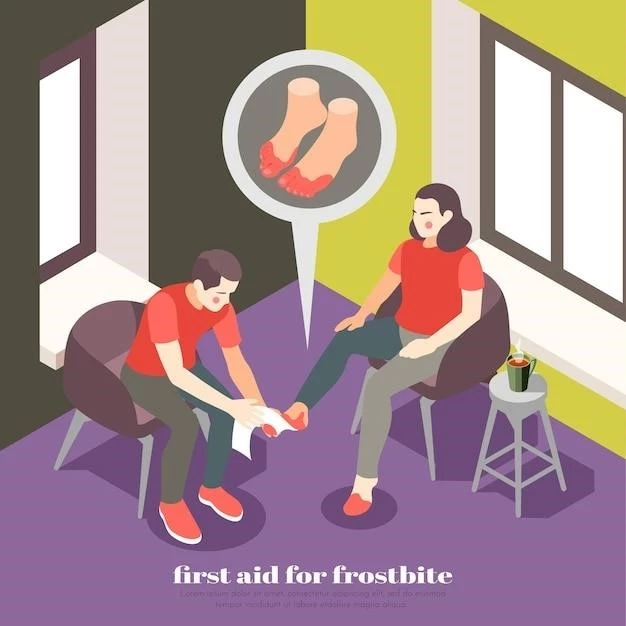Understanding Eosinophilic Fasciitis
When it comes to understanding Eosinophilic Fasciitis, it’s crucial to delve into this rare inflammatory disorder affecting the skin and connective tissue. By exploring its symptoms, diagnosis, treatment options like corticosteroids, and physical therapy recommendations, you can better navigate this autoimmune disease.
I. Overview of Eosinophilic Fasciitis
Eosinophilic fasciitis, an inflammatory disorder, primarily affects the skin and connective tissue. This autoimmune disease can manifest with symptoms like swelling, pain, and stiffness. To diagnose this condition, a thorough examination by a healthcare professional is essential. Treatment often involves corticosteroids, which can help manage inflammation. Additionally, physical therapy can play a crucial role in improving mobility and reducing discomfort associated with Eosinophilic Fasciitis.
II. Symptoms of Eosinophilic Fasciitis
Common symptoms of Eosinophilic Fasciitis include skin inflammation, pain, swelling, and stiffness in the affected areas. It’s essential to pay attention to changes in your skin’s appearance and any discomfort you may be experiencing. If you notice persistent symptoms, seek medical advice promptly. A healthcare provider can assess your condition, perform the necessary tests for a proper diagnosis, and recommend an appropriate treatment plan tailored to manage your symptoms effectively.
III. Diagnosis of Eosinophilic Fasciitis
Diagnosing Eosinophilic Fasciitis involves a comprehensive evaluation by a healthcare professional. This process may include a physical examination, blood tests, imaging studies, and sometimes a biopsy of the affected tissue. It’s crucial to communicate your symptoms and medical history openly with your healthcare provider to aid in an accurate diagnosis. Once diagnosed, your healthcare team can devise a personalized treatment plan to address your specific needs and enhance your overall well-being.
IV. Treatment Options for Eosinophilic Fasciitis
When it comes to managing Eosinophilic Fasciitis, treatment options often involve corticosteroids to reduce inflammation and suppress the immune response. Additionally, physical therapy plays a vital role in enhancing mobility, reducing pain, and improving overall quality of life. It’s essential to adhere to the prescribed treatment plan, attend regular follow-up appointments, and communicate any concerns or changes in symptoms with your healthcare team to optimize your treatment outcomes.
V. Managing Pain and Swelling
Dealing with pain and swelling in Eosinophilic Fasciitis requires a comprehensive approach. Following your healthcare provider’s treatment plan, which may include corticosteroids and physical therapy, is crucial. Additionally, applying cold compresses, elevating the affected limbs, and maintaining a healthy lifestyle can help alleviate discomfort. Remember to consult your healthcare team if you experience persistent or worsening pain and swelling for proper evaluation and adjustment of your management strategies.

VI. Coping with Stiffness in Eosinophilic Fasciitis
Stiffness associated with Eosinophilic Fasciitis can significantly impact daily activities. To cope with stiffness effectively, consistent engagement in prescribed physical therapy exercises is essential. Gentle stretching, range-of-motion exercises, and maintaining proper posture can help improve flexibility and reduce stiffness. Communicate any challenges or limitations you face with your physical therapist to tailor your treatment plan accordingly. By actively participating in your therapy and adopting healthy habits, you can enhance your mobility and quality of life.
VII. Long-Term Outlook and Prognosis
Understanding the long-term outlook and prognosis of Eosinophilic Fasciitis is important for managing expectations and planning for the future. While the course of the disease varies for each individual, early diagnosis, adherence to treatment, regular monitoring, and lifestyle modifications can positively impact long-term outcomes. It’s essential to maintain open communication with your healthcare team, prioritize self-care, and stay informed about the latest advances in managing Eosinophilic Fasciitis. By taking a proactive approach, you can optimize your overall prognosis and quality of life.
VIII. Conclusion
In conclusion, Eosinophilic Fasciitis is a rare inflammatory disorder that affects the skin and connective tissue, leading to symptoms like pain, swelling, and stiffness. Prompt diagnosis, appropriate treatment with corticosteroids, physical therapy, and proactive management of pain and swelling are essential in effectively managing this condition. By collaborating closely with your healthcare team, staying informed, and actively participating in your treatment, you can enhance your quality of life and outlook while navigating Eosinophilic Fasciitis.
